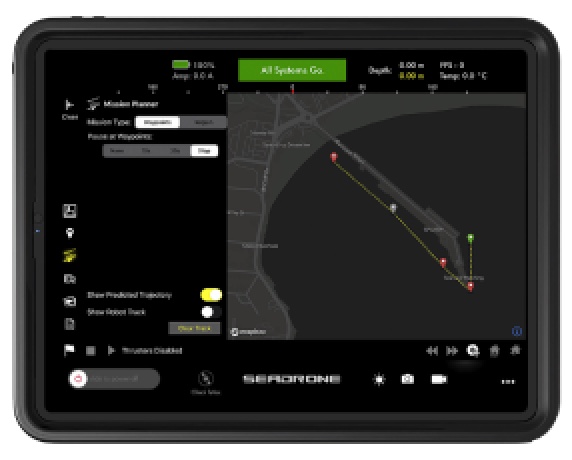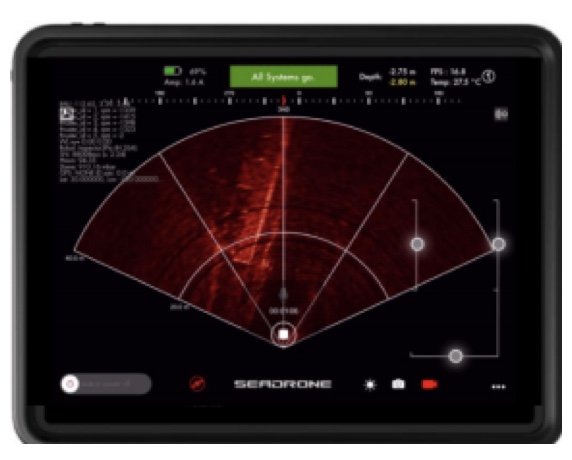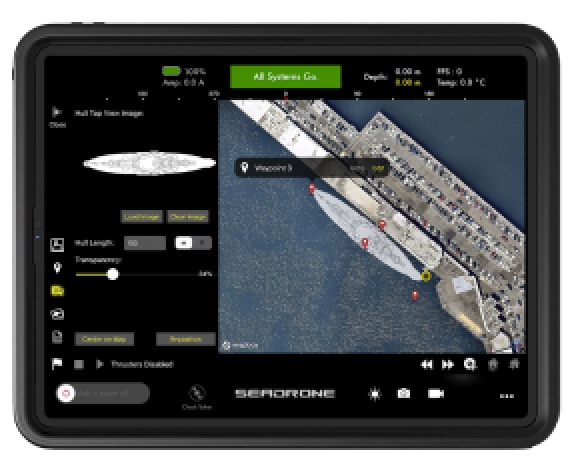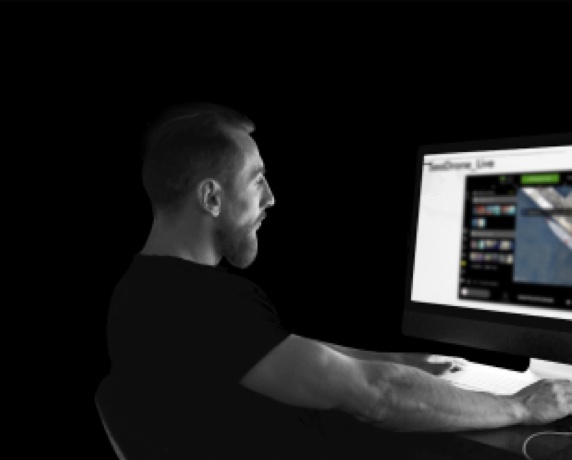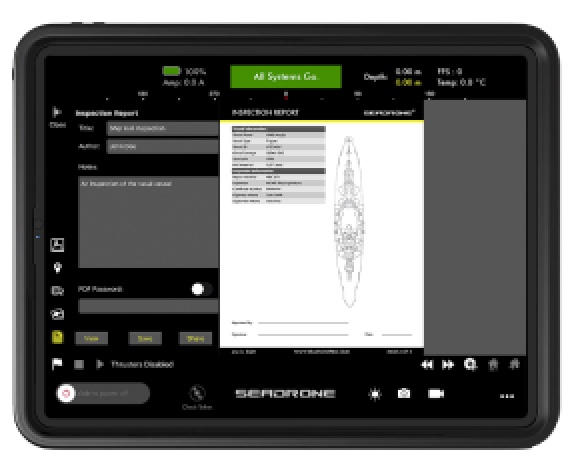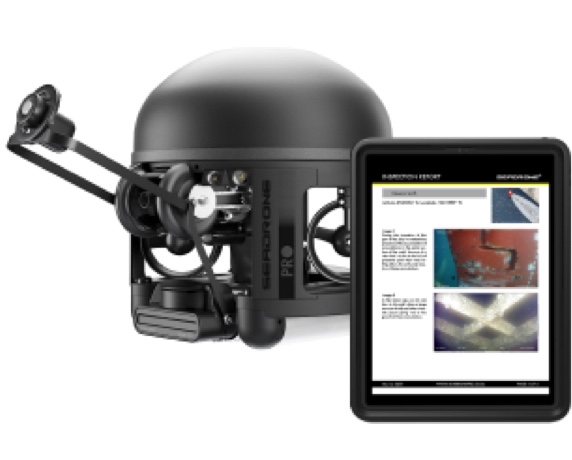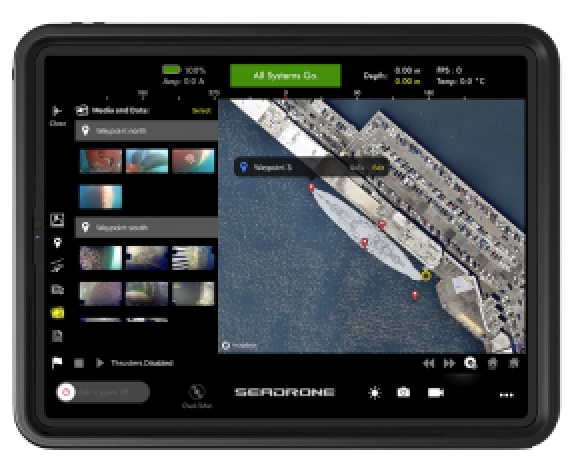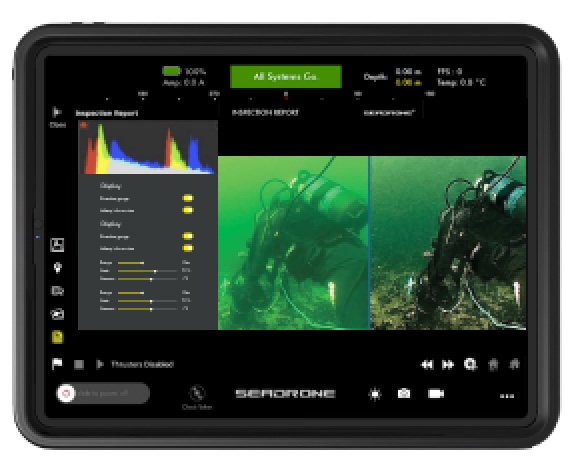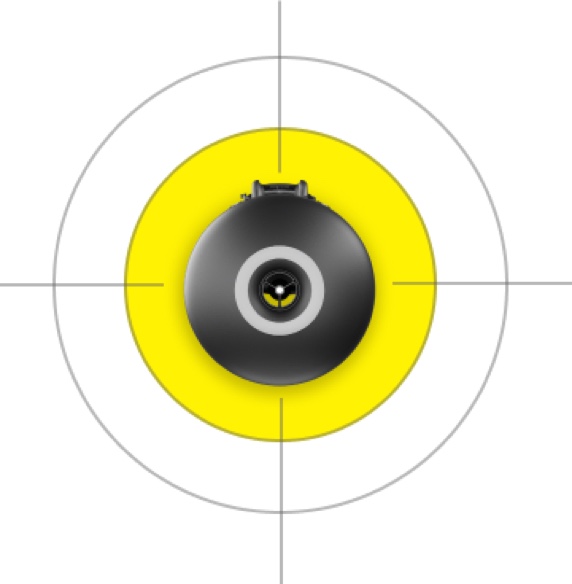Driving decisions: the data collected during ship hull inspections
Ship owners and operators strive to maintain a high level of structural integrity for safe and efficient operations. Data-driven inspection regimes record ship hull defects so ship owners and operators can decide where to allocate resources for maintenance and repair. In this article, we explore the data behind the decision-making.
Good ship hull inspections depend on the identification of problems in key areas or “hotspots”. These are often predictable places, which can be identified by the inspector or surveyor who has previous knowledge about the ship, or surmised by the type of vessel and the hotspots apparent on similar sister vessels.
Questions to consider include: How are loads taken up by the ship’s specific structure? Where are cracks most likely to form? Which types of materials have been exposed to the greatest wear and tear? Taking time to consider hotspots before beginning a ship hull inspection leads to more useful data collection and a more efficient inspection. And identifying problem areas allows for the focusing of resources for maintenance and inspection operations.
What to look for:
The main problems seen in ship hull inspections, among others, include
Corrosion development or pitting and grooving
Coating degradation
Fractures or cracks
High percentage of anode depletion
Severe levels of marine growth or marine fouling
Dents in shell plating
Welding seam degradation
The severity of these deficiencies is often quantified with a scoring system of “minor”, “moderate”, or “severe”, or in other cases “good”, “fair”, or “poor”. Inspectors or surveyors use their judgment and experience to decide on the conditions that fit within these parameters. Some ship hull inspectors may additionally use a “traffic light” rating system, with red being signaling a critical need of repair, yellow in need of further observation, and green in good condition.
Ship hull inspection data can also be recording textually, with most inspection forms leaving opportunity for written remarks. When it comes to a favorable ship hull inspection that will not likely lead to future repairs, “no remarks” are the best remarks.
There are multiple ways to record inspection data and different inspectors or surveyors may use different documentation forms. Traditional inspections usually group the components of a compartment together to assess the entire compartment condition with a particular focus on the coating condition. Condition Assessment Program (CAP) inspections grade a compartment on a 1 to 5 scale that quantifies the coating condition and presence or absence of anomalies. Not all ship hull inspections are CAP inspections; the American Bureau of Shipping (ABS) and US Coast Guard stipulate a wide range of requirements under 46 Code of Federal Regulations (CFR) Subpart 71.15
Where to look
The main areas at which to collect ship hull inspection data include the:
Propeller
Rudder
Thruster
Sea chest
Anodes
Welding seams
Inspections cover the starboard, portside, bow, midsection, aft, and stern of a vessel (for a thorough overview, see this ABS article). A typical flightpath for an underwater Remotely Operator Vehicle (ROV) may start with entering the water at amidships and continue by following the hull to the bow just below the waterline, then continuing along the bottom of the hull from the bow to the stern to do an overall assessment of hull condition. Next, key areas may be checked such as the thruster and sea chest. Closer observation may be required of specific running gear, and finally certain areas may be revisited at the inspector or surveyor’s request. The process may vary from one inspector or surveyor to another, but a good rule of thumb is to plan for and seek out the “hotspots” for closer inspection once a general overview of the hull is completed.
Examination techniques used for ship hull inspections:
General ship-wide inspection
Close-up visual inspections
“Hotspot” inspection
Suspect areas examination
Coating condition assessment
Ship hull thickness assessment
Ship hull inspections can involve multiple runs with the underwater ROV in different patterns. An underwater ROV will collect photo and video media that include key data such as depth, angle at which the photo was taken, water temperature, and date. Other means to capture data besides photo and video include an imaging sonar for turbid waters and a USBL acoustic positioning system to better localize ship hull defects. Underwater ROV like SeaDrone’s models are generally capable of incorporating additional measurement methods beyond photo and video.
Virtual software
Virtual systems for ship hull inspections are becoming more popular. Software such as DNV-GL’s ShipManager Survey Simulator and the Hull Condition Model allow for 3D virtual training of ship inspectors and surveyors. Users can input various levels of decay for certain areas and observe how the hull will likely change. Training modules can also be ship-specific so that a inspector or surveyor can become intimately familiar with a vessel without ever having set foot on it. However, when it comes to being confident in the state of your ship’s hull and knowing where to focus resources for repair and maintenance, collection of in situ data is irreplaceable.
SeaDrone & ship hull inspections
The American Bureau of Shipping (ABS) requires all sea going vessels to have two outer hull inspections every five years. Of the two, one inspection can be completed underwater while the vessel is afloat.
SeaDrone is well equipped to efficiently gather ship hull inspection data. The latest SeaDrone model, the PRO+ coming soon, completes ship hull inspections in one hour.
